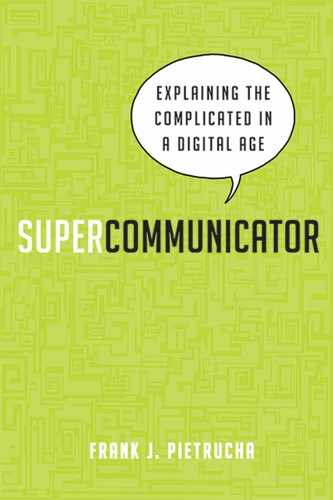Speaking Human…Without the Human
The reason people struggle with physics is that the subject confounds a lot of our everyday expectations. Chad Orzel, physics professor at Union College, says the challenge of his job is “to find ways to translate physical ideas from mathematical equations into concepts drawing on everyday language and experience.” His response to this challenge was to create a distinctive voice: a dialogue between himself and Emmy, his German Shepherd mix.
Talking to a dog about physics? Just think about it: Quantum physics and relativity work in ways different from the everyday world around us. You have to get people to look at the world from a different angle so they're not bringing too many preconceptions to the discussion. Dogs don't have preconceptions. “If you can learn to think like a dog, to approach the world as an endless source of surprise and wonder, modern physics is much less intimidating.”
Orzel's books do everything that's prescribed in this chapter—he breaks down barriers between himself and his audience by sharing his relationship with his dog. He and Emmy speak with simplicity in a tone that's genuine. Anyone who loves dogs—myself included—is immediately engaged in the story…even though it's about a topic they would most likely find disinteresting.
EMPLOY A SPECIAL AGENT TO TELL YOUR STORY
Not all situations lend themselves to you personally being front and center. When engaging an audience from a corporate position, for example, you can't have everyone speaking in first person. It would be downright chaotic for Shawn from accounts receivable, Alyssa from marketing, and Trevor from IT to open up to you on a human level when they are representing a company of 10,000. But there is a way to reap the benefits of communicating in a more natural dialogue, without getting too personal.
Marketers put human faces on companies all the time by developing personas that serve the same purpose. In the United States, think of Flo, the lively salesperson who hawks Progressive Insurance seemingly anytime you turn on the television. The subject of auto insurance, not an especially exciting topic, becomes more palatable for consumers thanks to Flo's personal warmth and freakish enthusiasm about her product. She becomes the face for Progressive. Consumers are drawn in to the commercials because they like Flo; she's a familiar person to them.
You can adapt this strategy to your explaining opportunity. Consider the mascot employed by Google's Android operating system (see Figure 17.1). Google knows that people, especially Millennials, no longer read instructions. Yet they have to explain to consumers how to use their smartphones. A dull tutorial isn't going to work. People get their new phones and want to start using them immediately despite the fact they may not know how it works. Android's mascot takes the role of educator here and walks users through a quick tutorial explaining the various features of the phone. It may sound silly, but people respond to this approach.

Figure 17.1 The Android operating system mascot serves as a pedagogical agent to help users better understand how to work their smartphones.
Adult educators call persons or icons that guide you through a complicated situation pedagogical agents. Using them makes perfect sense to anyone trying to optimize learning. Humans are always searching for ways to make sense of new content, and employing one of these coaches is a great way to make a meaningful connection.3

